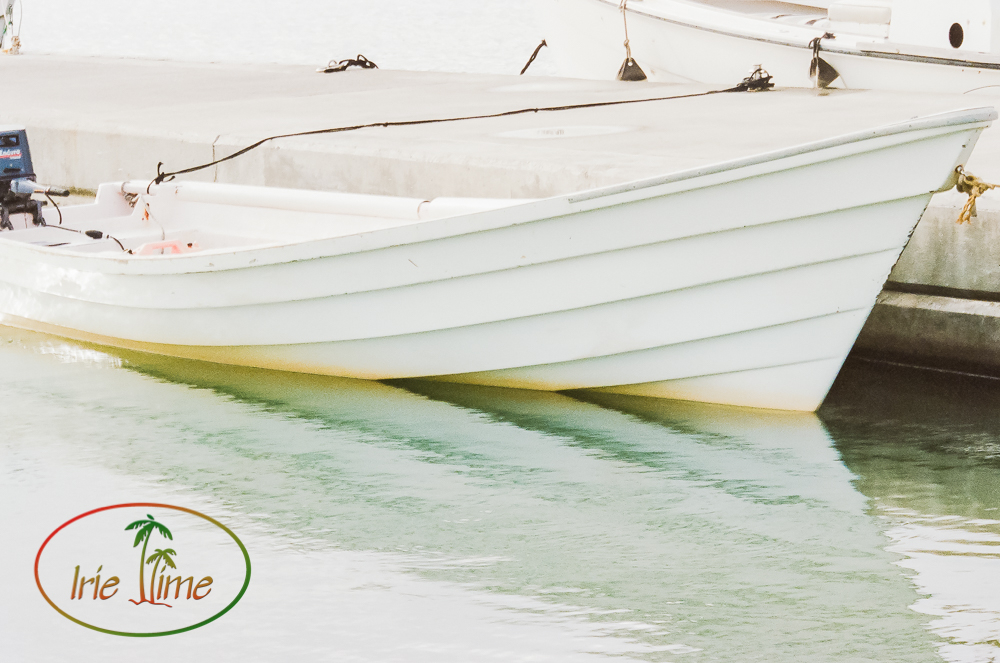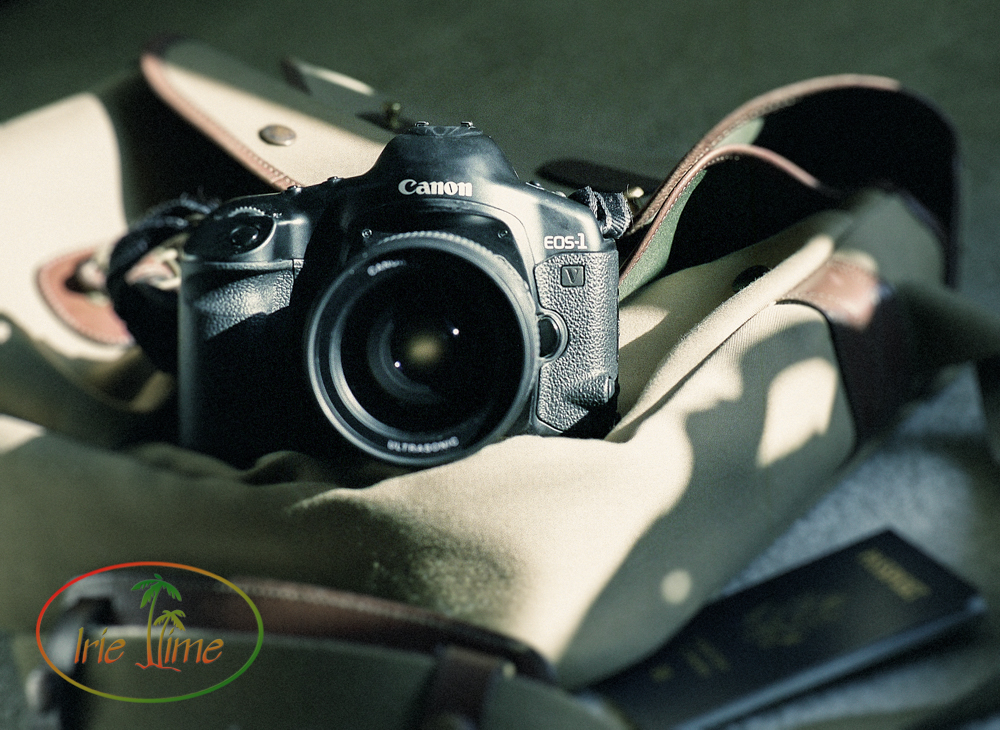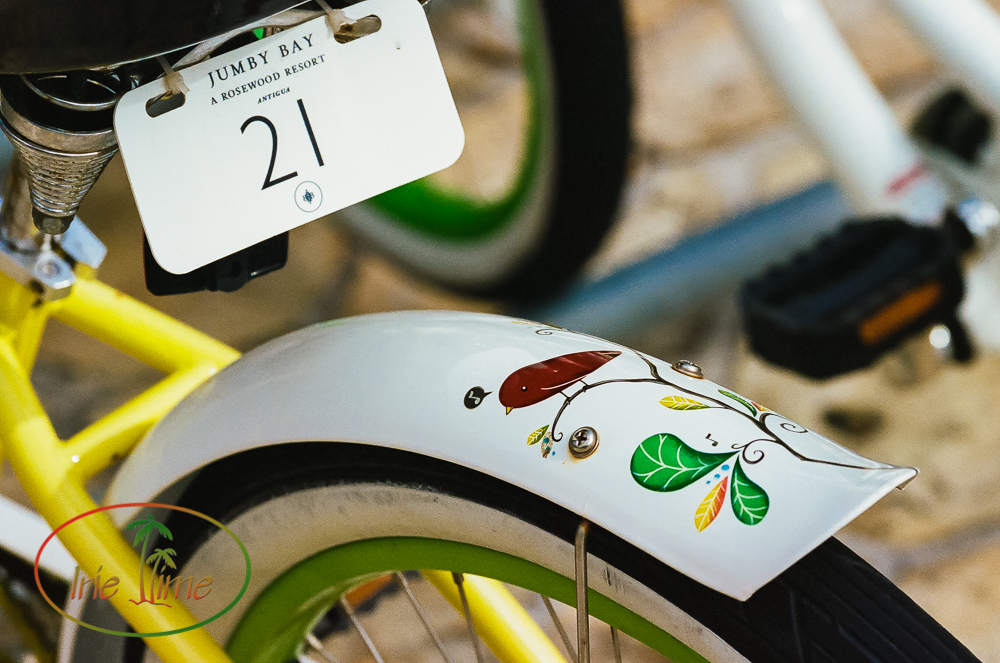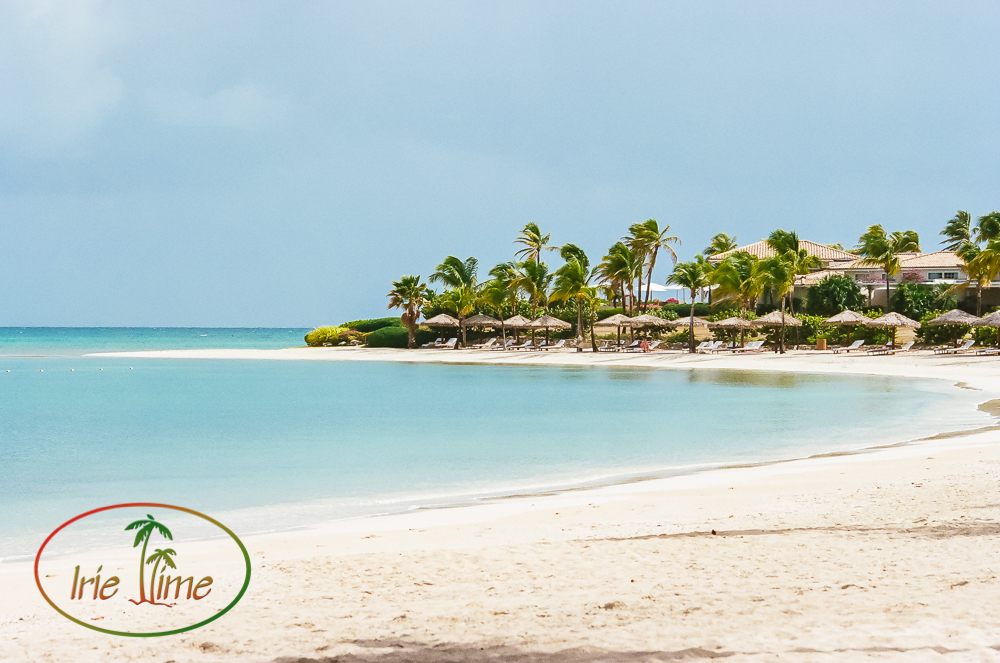
Lately, I’ve been back to shooting film, shooting both digital and film cameras on our recent trips to Anguilla, Antigua, and Barbuda. Along for the journey were several film cameras, including the Canon EOS 1v. The 1v was Canon’s last professional 35mm SLR camera, with a magnesium alloy body and weather sealing throughout. At 10 frames per second, it was a favorite of sports shooters for years. It is a solidly built camera, and fits perfectly in my hand like the later DSLRs that Canon produced. I have the HS version, which includes a detachable power booster, however given the bulk, I leave that behind.

The beauty of traveling with the Canon EOS 1v is that it uses all the same lenses as the current line of Canon DSLRs with the EF mount. To shoot film, I’m really only adding the size of the body and the rolls of film to my camera bag. The camera also can use my favorite medium format film lens, the Mamiya 80mm f/1.9 lens with a Fotodiox adapter. The 1v gives me a great deal of flexibility, while still allowing me to shoot both film and digital while traveling.

When looking to purchase your EOS 1v, try to avoid purchasing one with a high film roll count. On the right side of the camera is a little door which you can open. Inside is a button labeled “M.Fn.” Press it and on the LCD screen on the top of the camera you will see a three-digit number which is the roll count. This number is also imprinted on the film leader when the film is loaded. Given that it’s only three digits, it will presumably reset at 1000, so you should also examine the total picture and the source from whom you are buying to assess its overall condition.

The camera was originally packaged with a proprietary Canon cable and Canon’s ES-E1 software, which allowed you to download your shooting data. I tried for a while to locate the software and cable with no success. Even if you could get your hands on the software, good luck getting it to work on current operating systems. However, it appears someone with far greater technical knowledge than I has figured out a solution. The folks at Meta35 offer a cable and software system for the 1v, along with some other Nikon and Minolta film cameras, allowing you to access the metadata and write the data to your scanned images. I’ll be giving the Meta35 system a look and report back! [UPDATE: Check out our review here: Meta35 Review ]

While some may ignore film photography given the ease associated with digital, it’s very easy for me to see the difference now, and appreciate the beauty that film captures. Keep shooting!
Check out our double exposures with the Canon1v here: FilmRoadTrip: Nevis
I buy my film at B&H!
For more about our film photography, check out our #FilmRoadTrip here!

